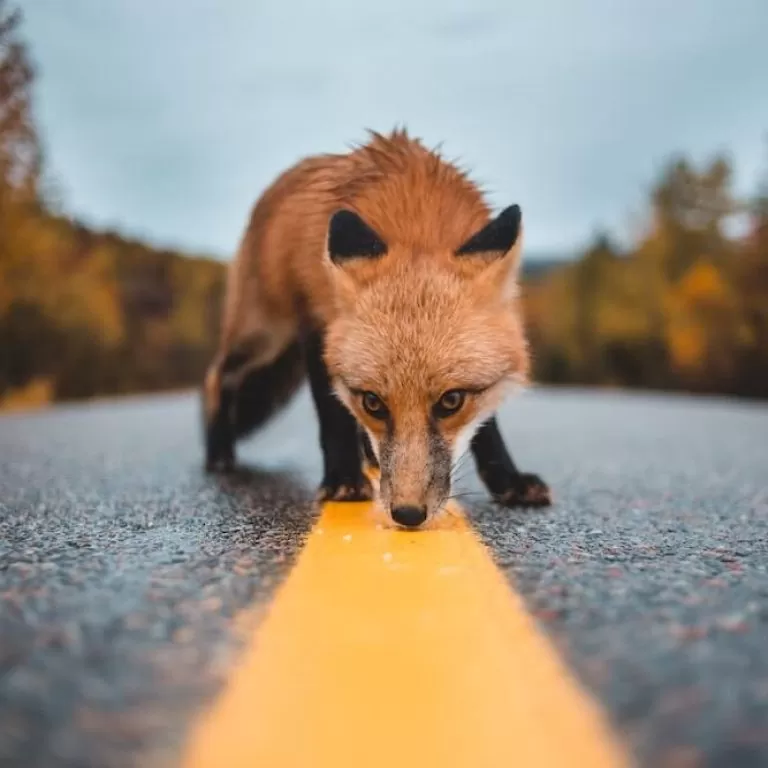
News Time-Lapse Trends: the animal kingdom
“Time-Lapse Trends” is a video blog series which draws attention to some of the many exciting trends in time-lapse production. We feature a new trend in each instalment, to demonstrate the scope of the medium and the various ways in which it is applied, ranging from the popular to the more obscure.
Time-lapse has been a valuable tool for photographers and filmmakers wanting to showcase the wonders of nature.
Early David Attenborough documentaries, such as The Private Life of Plants (1995), utilised time-lapse sequences in order to reveal the unique life cycle of such organisms. Audiences could, for the first time, see the various mechanisms of evolution and get an up-close look at plant behaviour – granting insights that would otherwise be almost impossible.
This has been put to use by Markus Löhner, documenting a year in the life of his aquatic plants with time-lapse. The subtle movements of life inside the tank may just pass us by in real time but these are mesmerising when accentuated with speed.
BBC Earth is a worldwide brand, distributing an array of natural history content. Time-lapse is sometimes used as part of this output, rendering the most intricate and the intimate lives of wildlife in cinematic quality.
This time-lapse video (above) captures the fascinating movements of the Orb spider as she builds a stunning web. Visual tools like photography & video help to weave together stories and provide thought-provoking, educational material about the natural world.
Such web architecture is in itself very beautiful but through the lens of time-lapse and the various other aesthetic elements in this video – lighting, background, framing – this display is further heightened. This, along with the choice of soundtrack, you would be excused for thinking that you are watching the opening titles of a Bond film!
National Geographic also uses the highest quality cinematography to showcase the lives of animals all over the world.
Tyler Fairbank travelled to South Africa to film this hyperlapse which follows his incredible safari adventure, encountering lions, elephants, giraffes and many more native animals. Hyperlapse creates seamless motion paths which, in this context, simulates Fairbank going on safari.
Luckily, the animals in the safari hyperlapse are not perturbed by the cameraman’s presence. Due to the remote capabilities of time-lapse photography, it can be utilised to record natural happenings which might have otherwise been very difficult.
Take leewardstyle’s time-lapse video of a fox burrow in North Lexington, Kentucky – the intimate lives of a new mother with her fox cubs can easily be observed without disturbing the animals’ natural habitat.
As well as wild animals, domesticated animals can also be a fascinating subject for time-lapse.
The above video by 50 Shades of Yellow documents 50 days in the life of Trudi the Poodle. It is amazing just how fast dogs grow, even in the first few days of their lives. Time-lapse offers a lens through which to inspect the process in all its fascinating detail – detail that our own eyes may miss.
Of course, the animal kingdom is much vaster than this small selection of examples can account for. But it is clear that time-lapse grant us a level of insight into the the lives of all kinds of living things that we wouldn’t otherwise have.